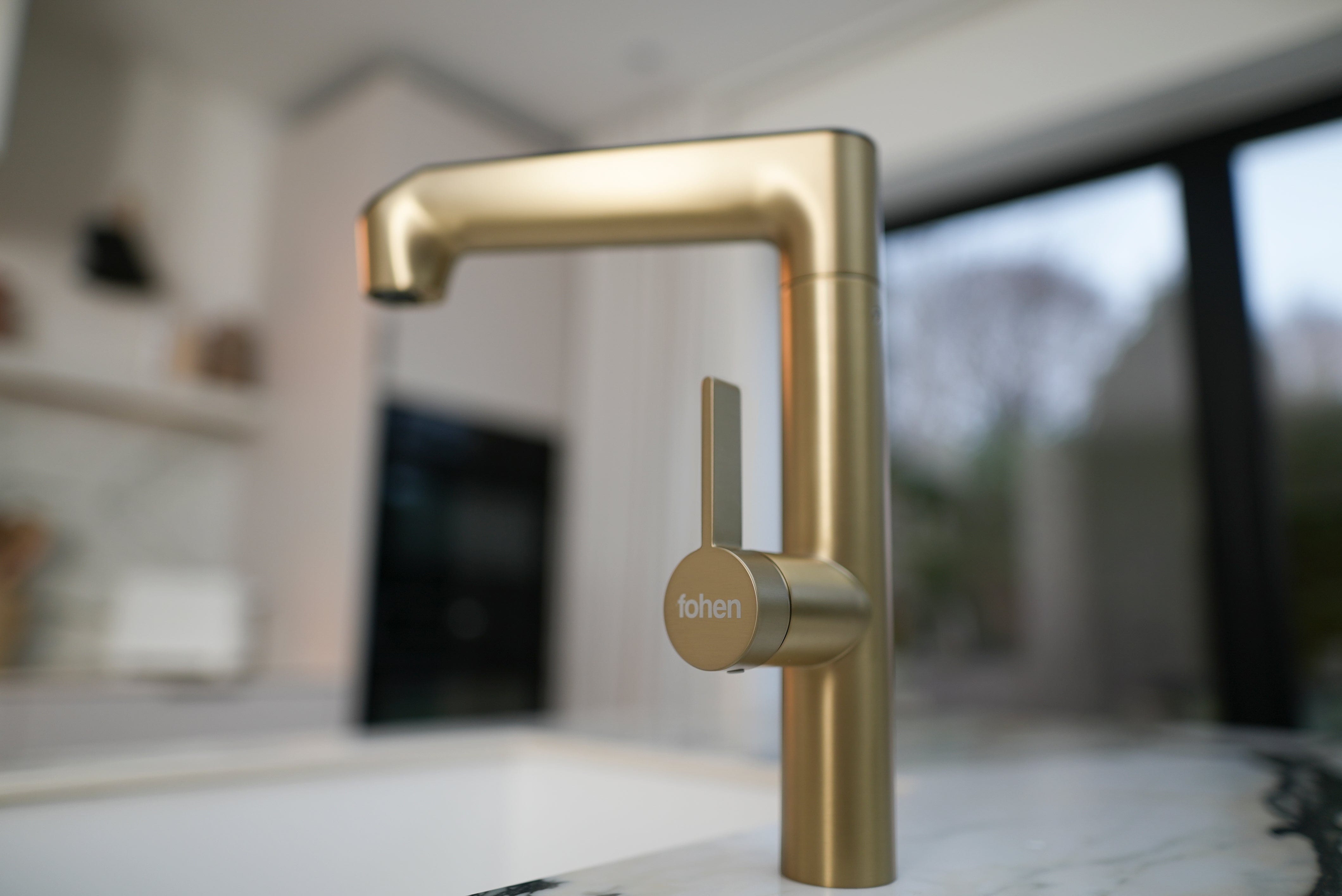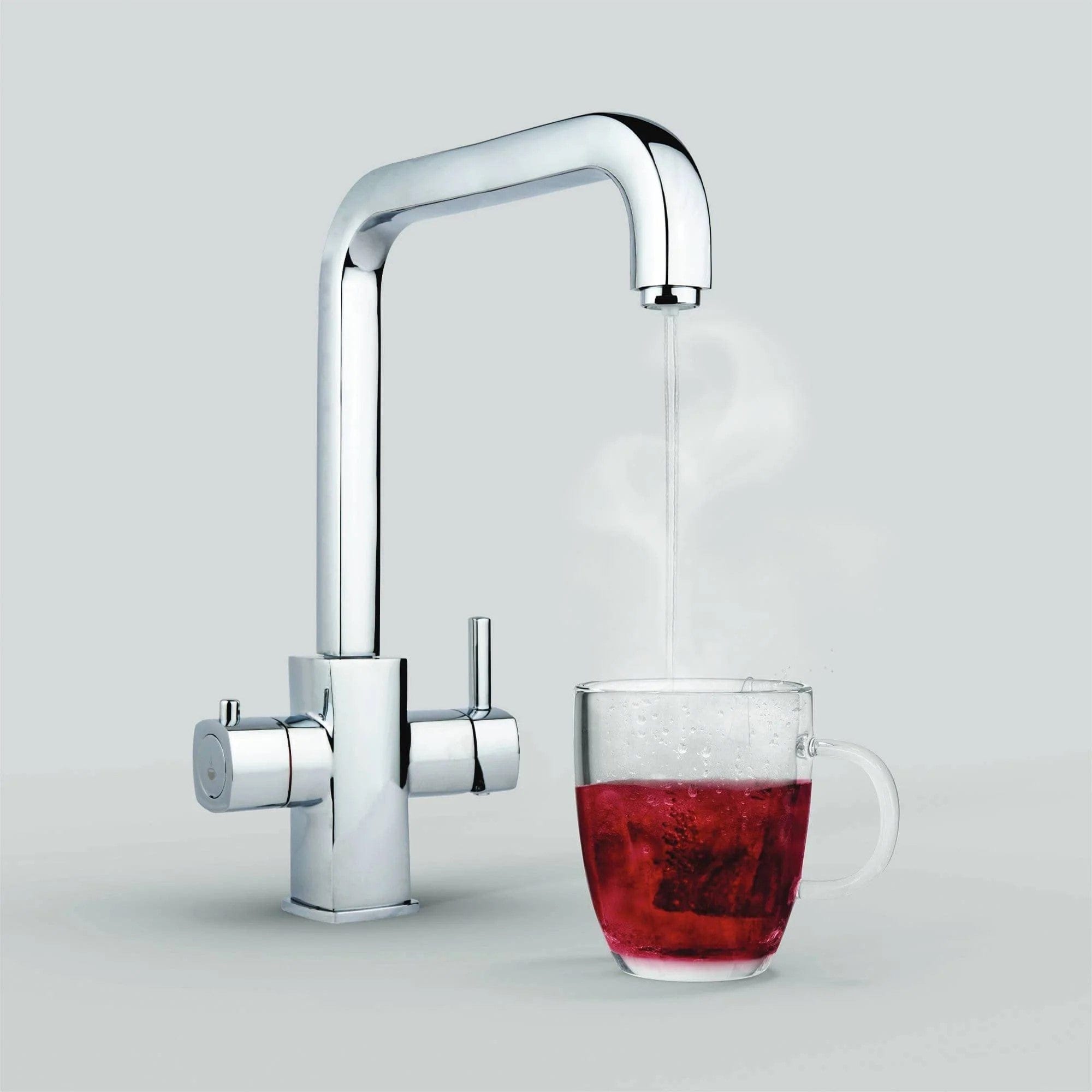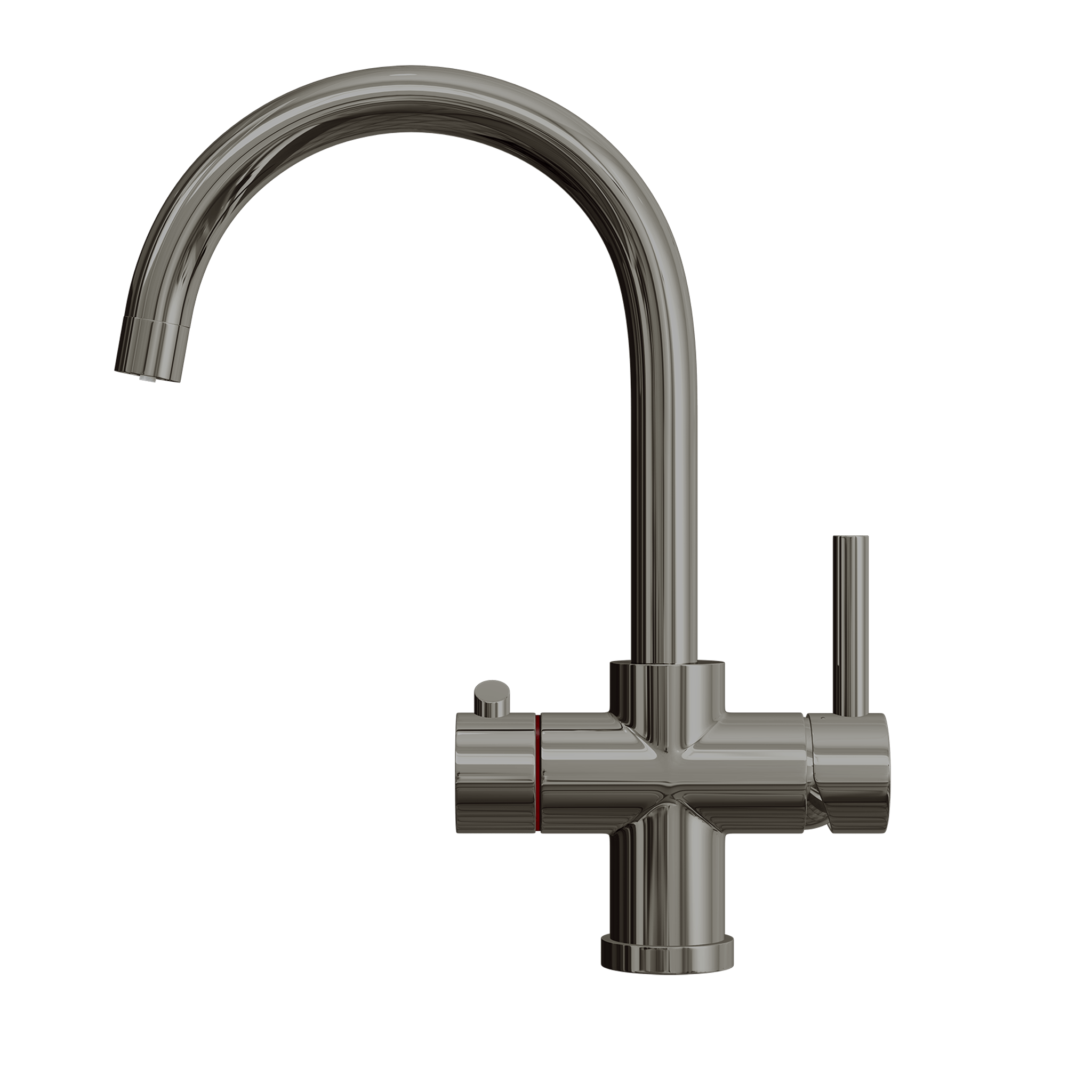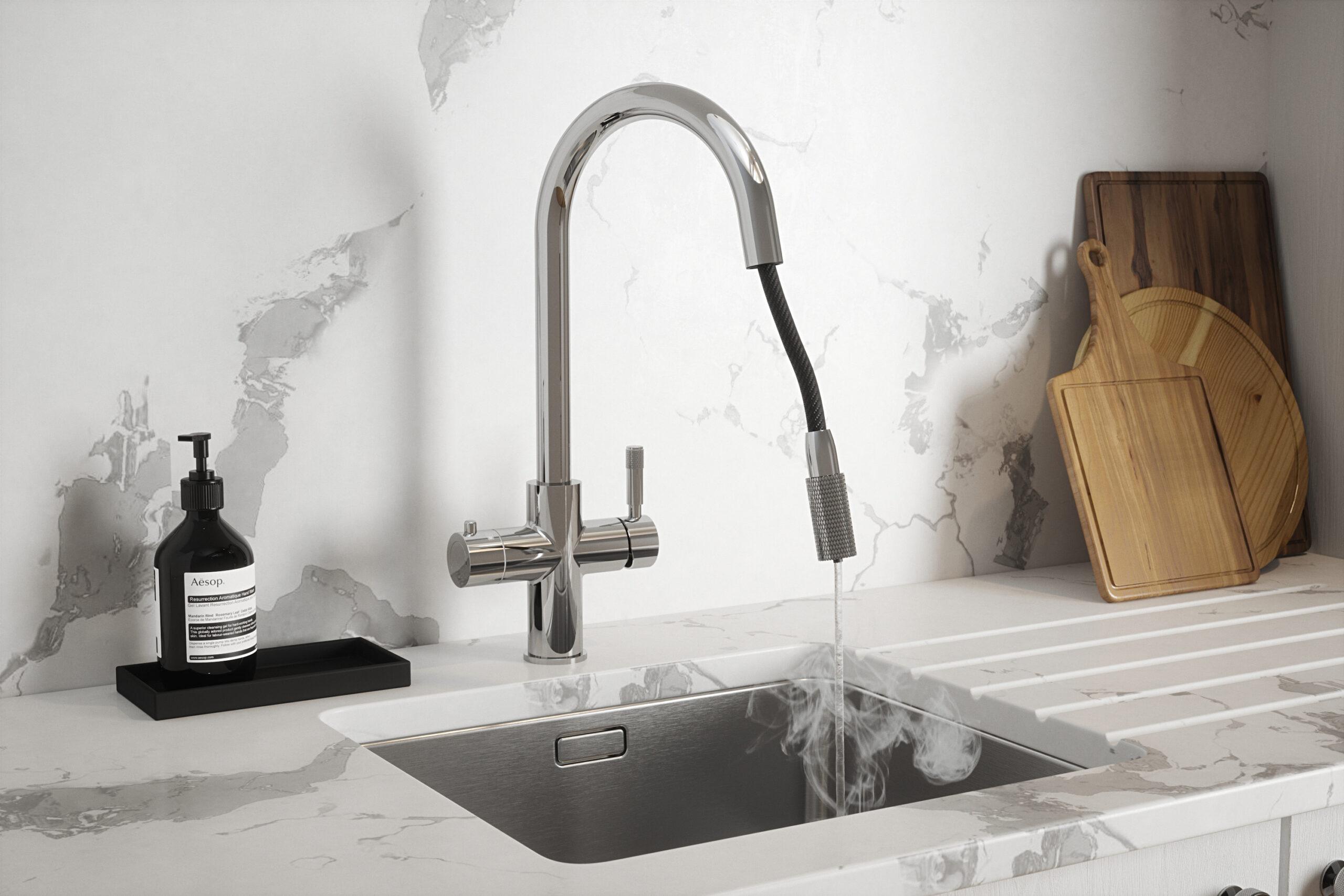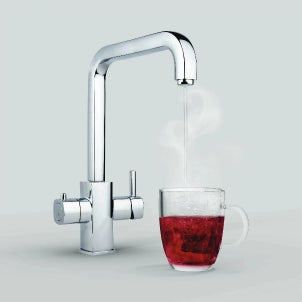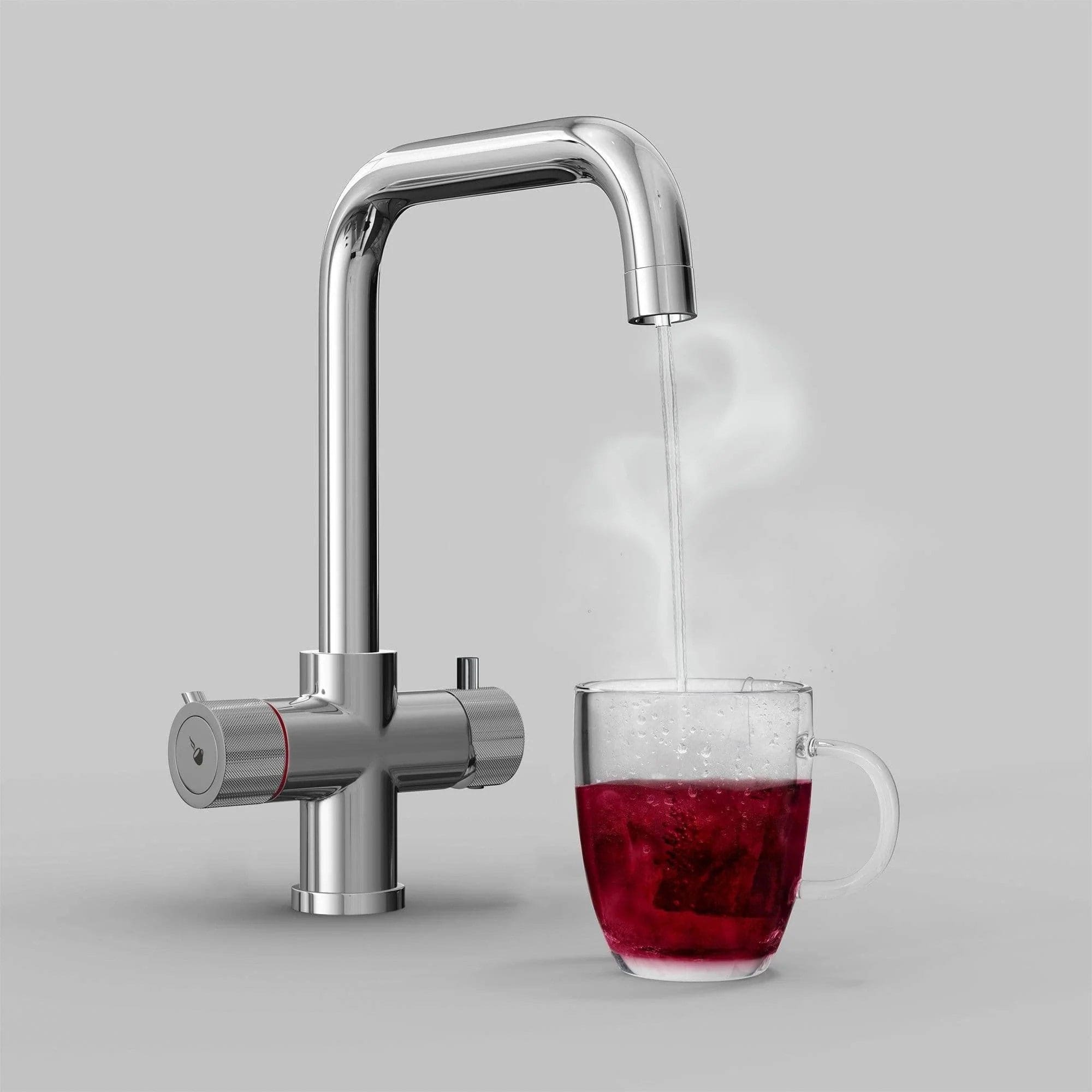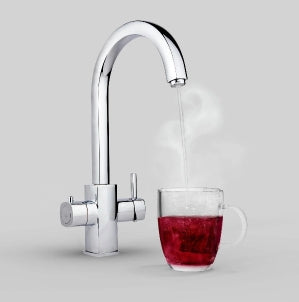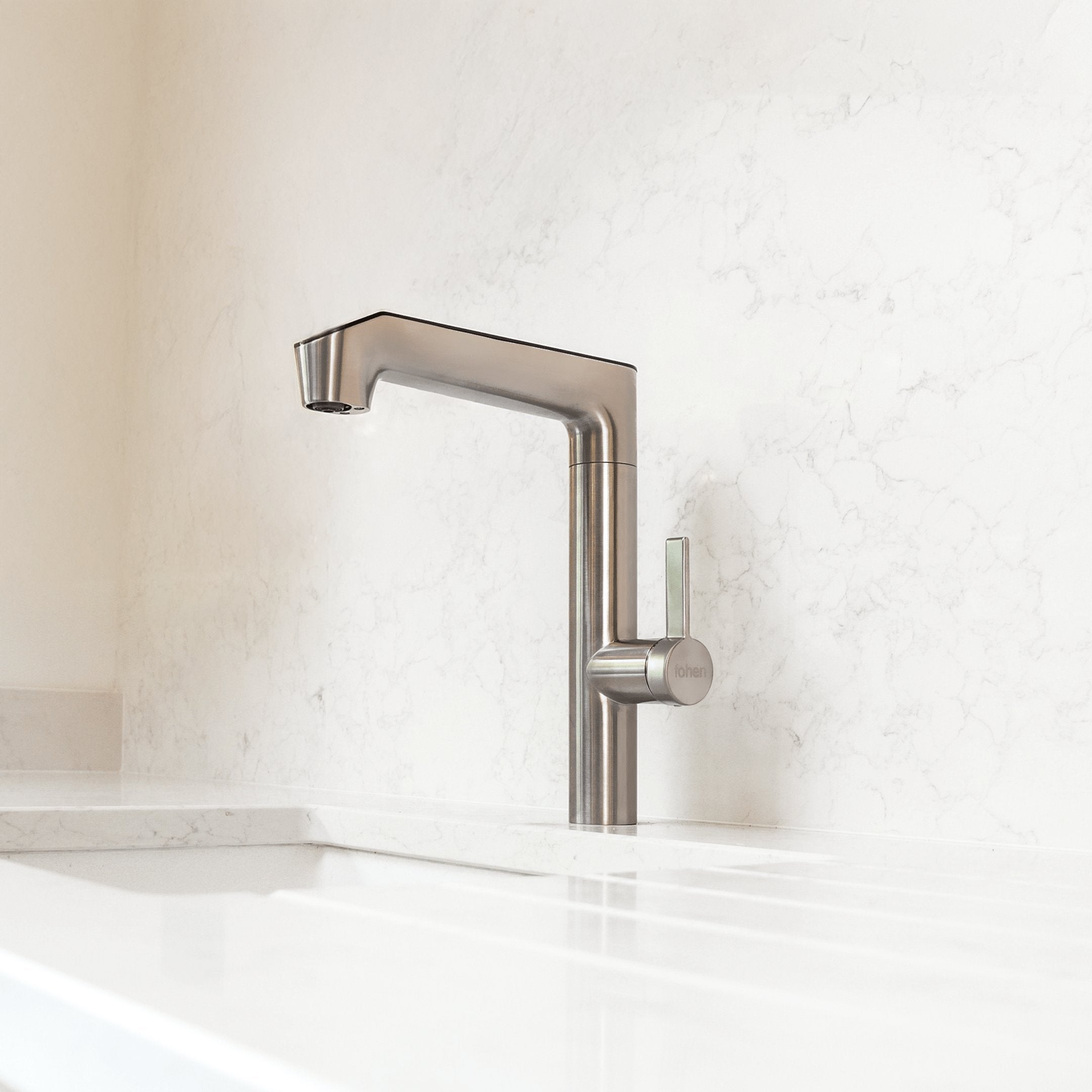Think you know what’s in your tap water? Think again.
Using the latest water quality data from suppliers across the country, and insights from the DWI (Drinking Water Inspectorate), Fohen has uncovered the strangest things found in UK tap water. Keep reading to learn more.
What’s in your tap water?
There are about 315,000 kilometres of water mains in England and Wales. Maintaining them is a continuous process, as is treating the gallons of water that pass through them every day.
Water companies across the UK regularly test drinking water to monitor levels of lead and fluoride. They also test for a number of less well-known contaminants.
Here are the top five strangest things found in UK tap water.
1. Insects & algae
A lot of UK drinking water is collected from rivers, lakes and streams. These water sources are teeming with aquatic life, and sometimes very small plants and insects make their way into the supply network.
Most of these creatures go unnoticed as they are too small to see with the naked eye. But according to the DWI, some larger species, such as the water louse (Asellus Aquaticus) and midge fly (Chironomidae-Paratanytarsus Grimii), occasionally make it into the supply system.
2. Arsenic and cyanide
Arsenic and cyanide are naturally occurring elements commonly found in soil and groundwater. These elements are particularly high in areas where water is drawn from deep underground as the water has to pass through more layers of sediment.
The levels of arsenic and cyanide are strictly monitored in the UK and cannot exceed 50 µg/l. During our research, we identified dozens of arsenic recordings across England and Wales, including one of 5.41 µg/l in Cheshire.
3. Toilet cleaner
Finding toilet cleaner in your tap water is quite rare. But according to the DWI, there are reports of back siphonage causing toilet cistern water to enter clean water supplies.
Back siphonage occurs when the pressure in your mains water supply drops. It’s most likely during periods of increased water use, such as after a burst water main, and can draw cleaning agents from your toilet cistern into the pipes supplying your home.
4. Pesticides
Pesticides are used on farms, highways and gardens. They can quickly build up in surface and groundwater so UK water suppliers test for them regularly.
The maximum concentration of pesticides allowed in UK tap water is five micrograms per litre, or the equivalent of five parts per ten billion. None of the WSZs (Water Supply Zones) we investigated recorded pesticide levels above the regulated threshold. However, very small quantities were present in a number of samples.
5. Radioactive isotopes
Untreated water can contain small amounts of naturally occurring radiation produced by the decay of uranium, thorium and potassium-40. ‘Radionuclides’ in drinking water pose little risk to human health. But as some areas of the UK, particularly the southwest, have more underground deposits of Uranium than others, water companies in high-risk zones do monitor radon levels.
Should you be worried?
Over the last three decades, water companies have invested in advanced water treatment processes using activated carbon and ozone to ensure the UK’s drinking water is safe. Additional steps like blending water helps to dilute contaminants from individual water sources.
Although UK tap water is among the safest and most well-regulated in the world, if you’re worried about the quality of your tap water, there are steps that you take. You can contact your water supplier to explain your concerns, or take additional steps at home by buying a water filter or fitting a quality 3-in-1 tap with integrated filtration.


